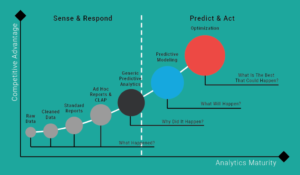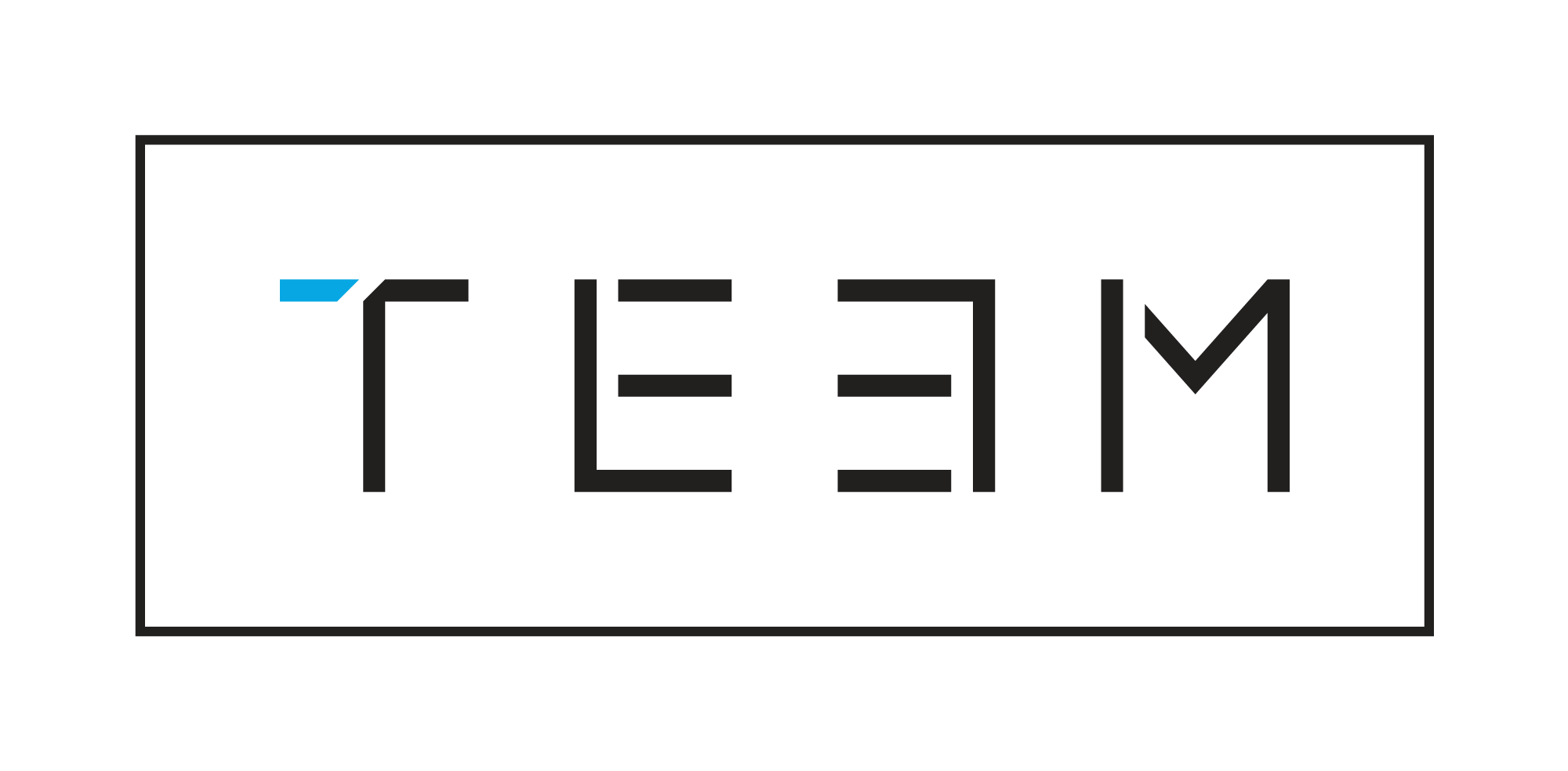Businesses are privy to a non-stop stream of data regarding their customers, marketing efforts and results. But sometimes more isn’t better. The single most intractable issue with being drowned in data is extracting actionable intelligence. Companies are increasingly turning to analytics solutions to distill meaning from the huge volumes of data collected. Meaning that can actually influence decision making.  Historically, most analytics programs have focused on descriptive analytics, which use data organization and mining to provide insight into the past. Essentially, analytics has offered insight into what previously happened, but not necessarily into why – or more importantly what you should do about it. Those key intelligence extractions were left to the humans. Predictive analytics is the next frontier of data, using statistical models and forecasts to help understand the future and answer the key question “what will likely happen?” Predictive analytics promise to provide companies with actionable insights based on hard data. While no statistical algorithm can foretell the future with certainty, predictive analytics holds great potential for highly accurate forecasting based on probabilities. With all the promise of a data-driven future where predictions have a greater likelihood of being accurate, there are a few things to watch out for.
Historically, most analytics programs have focused on descriptive analytics, which use data organization and mining to provide insight into the past. Essentially, analytics has offered insight into what previously happened, but not necessarily into why – or more importantly what you should do about it. Those key intelligence extractions were left to the humans. Predictive analytics is the next frontier of data, using statistical models and forecasts to help understand the future and answer the key question “what will likely happen?” Predictive analytics promise to provide companies with actionable insights based on hard data. While no statistical algorithm can foretell the future with certainty, predictive analytics holds great potential for highly accurate forecasting based on probabilities. With all the promise of a data-driven future where predictions have a greater likelihood of being accurate, there are a few things to watch out for.
- The nature of self-fulfilling prophecies. Acting on algorithmic forecasting can lead us to manufacture conditions that ultimately prove the predictions right. For instance, you might use predictive analytics to determine which team members have the highest likelihood of staying with your company long-term. Then you invest more in and pay more attention to those individuals. As a result of being better trained and more engaged, they indeed are retained twice as long as other employees. Was the algorithm right or did the actions you took based on the prediction make it so?
- The flaws of inductive reasoning. Inductive reasoning is essentially what most predictive analytics models are based on. Conclusions are drawn based on data revealing past patterns. These conclusions are only as good as the data collected and analyzed. So a small sample size could lead to statistically irrelevant results. Or major marketplace, technological and societal shifts could make past behavior a poor predictor of future behavior. What has happened before won’t necessarily happen again. And we can get thrown a total curve ball anytime. That’s the reality.
Of course, a crystal ball is what every forward-thinking leader wants… a truly data-driven organization that helps them get it right far more frequently then they get it wrong. New analytics tools that are both predictive and prescriptive may be the closest thing they have to realizing that vision in the near future. Think of the impact of predictive analytics on a theoretically simple, but simultaneously intractable, problem such as purchase intent. Identifying and prioritizing consumer demand for your product or service is the holy grail of marketing. Sales teams and marketers are constantly trying to understand the inter-relatedness of trigger events, online research, and other purchases. Once you can see and understand the waterfall of demand, you can determine the highest value prospects and connect with them in a moment of current need through a variety of channels such as direct mail, sales outreach, or digital advertising. But purchase intent has proven elusive. There are a myriad of complex factors influencing why we buy, what we will pay, where we will buy, etc. Hopefully ever-evolving predictive analytics tools will help us unlock some of these mysteries in 2019 and beyond. There are far too many options for software and tools in the predictive and prescriptive analytics space to cover them all in a single article. However, Predictive Analytics Today has done an admirable job of sorting and ranking the Top 52 options. Whether you are considering a solution from a heavy hitter like IBM, Oracle, Microsoft or Google – or a lesser known but high-performing provider – they do a great job of ranking based on data preparation, modeling, relationship analysis, ease of management and embedded insights. For a crash course in predictive analytics, check out Harvard Business Review’s Primer.And if you really want to take a deep dive into predictive analytics for your industry, consider attending Predictive Analytics World in Las Vegas this June.

